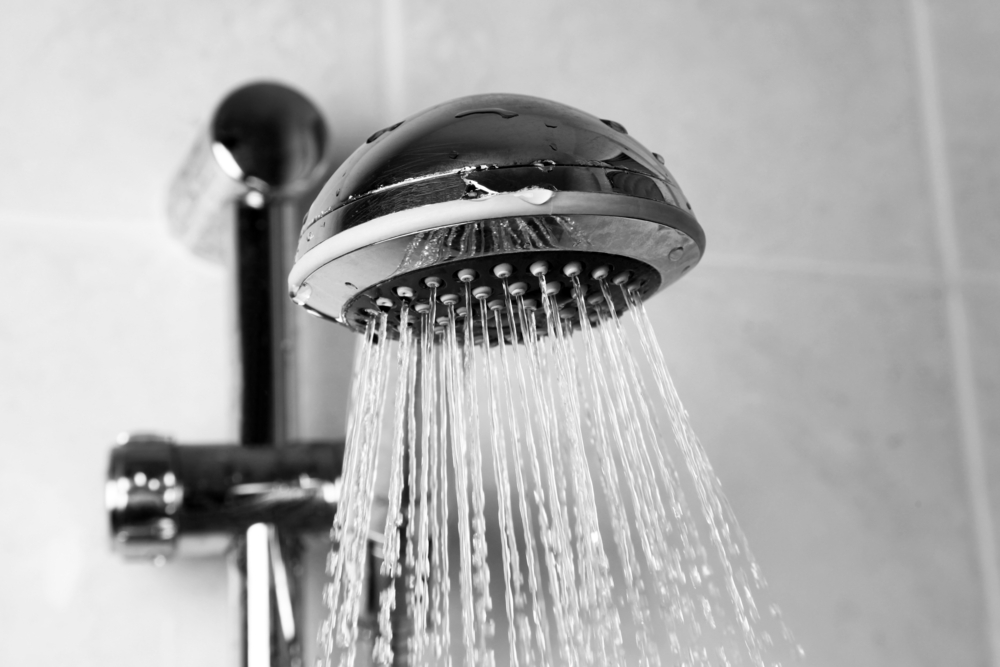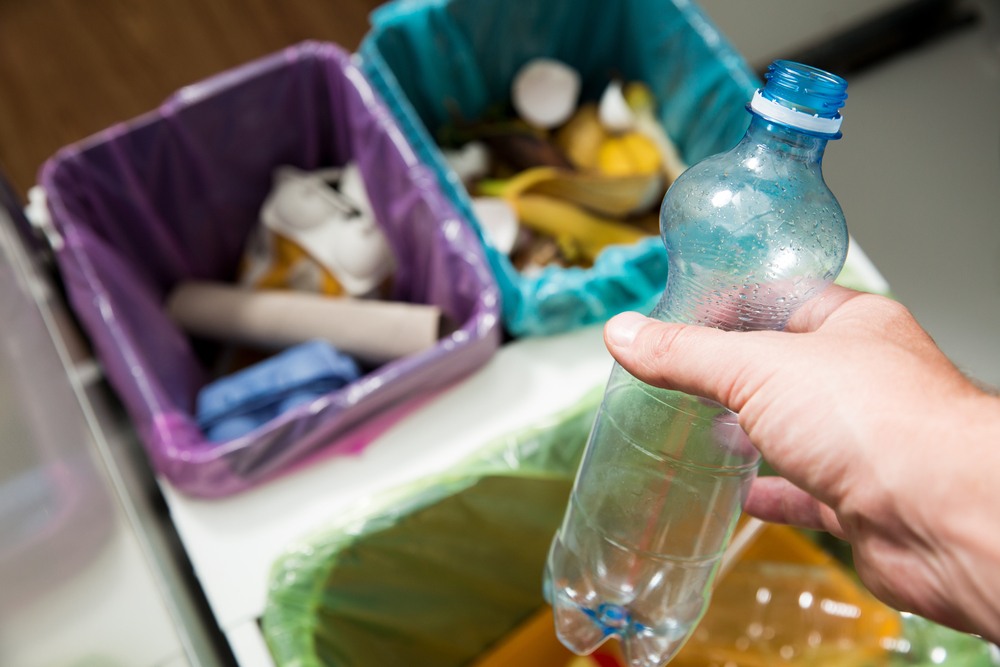How to Turn Your House into a Green Home
Saving money and lowering monthly bills can be as simple as changing daily habits to ensure that less energy is used throughout the home. ‘Going green’ has been en vogue for quite some time; decreasing our carbon footprint and adding less waste to already overflowing landfills isn’t just a trend…it’s a lifestyle. Our homes add to our carbon footprint, but energy use doesn’t just have environmental costs, but financial costs, too.
A green home may be better for the environment and gentler on your pocketbook. While homeowners can make big changes to ‘go green,’ here’s how to turn your house into a green home even on a budget.
What is a Green Home?
According to Realtor.com, the term ‘green home’ applies to “a home made with environmentally friendly materials and sustainably built, with a focus on the efficient use of water and energy.”
‘Green homes’ don’t just save energy, but they also utilize sustainable building materials and other features that lessen their impact on the environment. Realtor.com explains that green homes may include features like a rainwater recapture system, “strategic insulation/ventilation methods,” as well as “locally sourced, biodegradable, non-toxic, repurposed, and/or renewable” materials.

Can an Older Home Go Green?
What about the home you already call home? Maybe it was built decades ago. Can you turn your home into a green home? For most homeowners, rebuilding a home isn’t an option—or financially feasible. However, homeowners can integrate environmentally-friendly appliances and make changes to their home to help reduce their home’s impact on the environment.
Some options may be an investment, but others may be affordable and result in savings in the long run.
Choose Energy Star® Appliances
Upgrading your refrigerator, HVAC, dishwasher, or washer/dryer? Look for appliances that feature the Energy Star® logo. This means that they are more energy-efficient, which, in turn, could save you money!

Install Low Flow Shower Heads
One of the biggest ways we waste water is in our shower! HGTV reports that by swapping out our regular shower head for a low-flow option, you can reduce your yearly water consumption by almost 3,000 gallons! Homeowners can find low-flow showerheads priced from less than $10 to much more expensive and perhaps more luxurious options.
Insulate Your Hot Water Pipes
Heat escapes from your hot water pipes, and this could cause your hot water heater to do more heavy lifting—or heating. Insulate those pipes to ensure that heat doesn’t escape; just be mindful of the safety precautions when installing insulation. There are specific instructions for doing it properly, especially when insulating pipes for gas water heaters.

Create a Family Recycling Center
All households can embrace a greener way of living by keeping recyclable containers and materials out of the landfill. Start your own home recycling center. Research recycling endeavors in your community and call your city to find out if they offer pick-up services for recycled materials. If they do not offer a recycling program, you may have to hunt down drop off locations by material.
How do you begin your home recycling center? Purchase different colored bins and label them with a corresponding material. In the beginning, it may be hard to remember that each item needs to be tossed into a different bin. We may be so accustomed to one trash bin that utilizing three or more can get a bit confusing. You may toss a can into the glass container; don’t fret, though, just be sure to sort through bins before taking them for drop off.
Need more information about recycling, check out the Environmental Protection Agency’s website. You can even find out how to recycle batteries, tires, and oil!
Have a Pro Check Your Insulation
One of the big features in your home that may be causing high electricity or gas bills is the insulation in your home. If a house is not well insulated, hot or cool air may escape and cause your HVAC to do more work. In turn, you may have a higher monthly heating and cooling bill. Have a professional audit your home insulation. You may be under-insulated!
Install a Geothermal Heat Pump
Another way to save money and color your home a darker hue of green is to install a geothermal heat pump. The Department of Energy explains that these pumps “use the constant temperature of the earth as the exchange medium instead of the outside air temperature.” The system features looping underground pipes beneath the home. While these pumps are an investment, the savings may be substantial!
Conduct a Home Energy Audit
Do you want to know more about your home’s energy consumption? Conduct a home energy audit with the help of Benefyd. Download the app, take ‘selfies’ of each room and the app will show you energy wastes in each part of your home. You also can use the app to discover rebates available in your area.
If you’re in the market to build your own home, consider building a ‘green home’ that incorporates sustainable materials and energy-saving features. For homeowners that want to embrace a greener lifestyle, there also are numerous ways to decrease the carbon footprint left behind by your home. Upgrade to Energy Star® appliances, insulate pipes, install low flow showerheads, recycle, check your insulation, and consider a geothermal heat pump. All homeowners also can conduct a home energy audit using Benefyd to find ways to cut costs and live a little bit greener!


